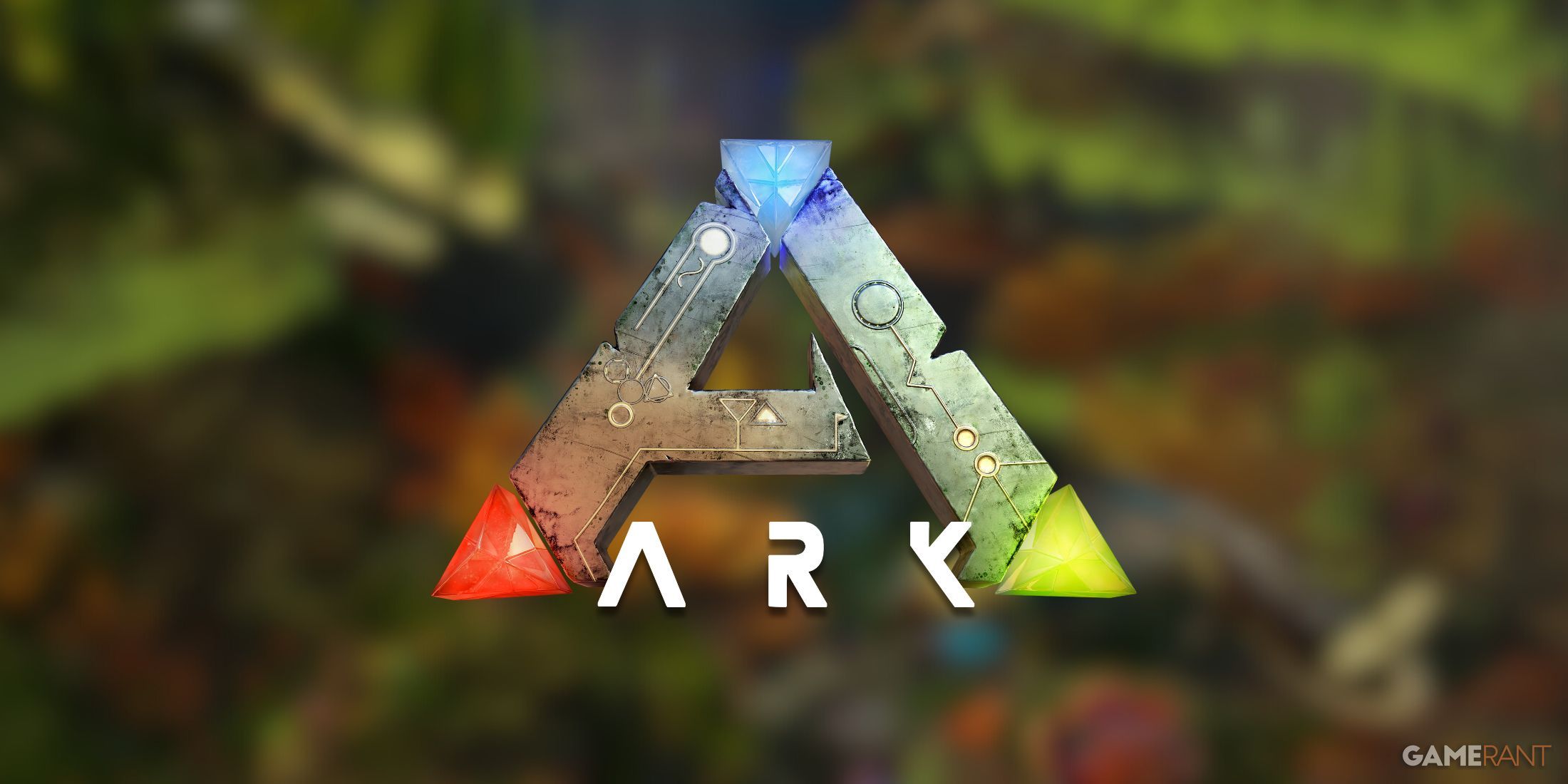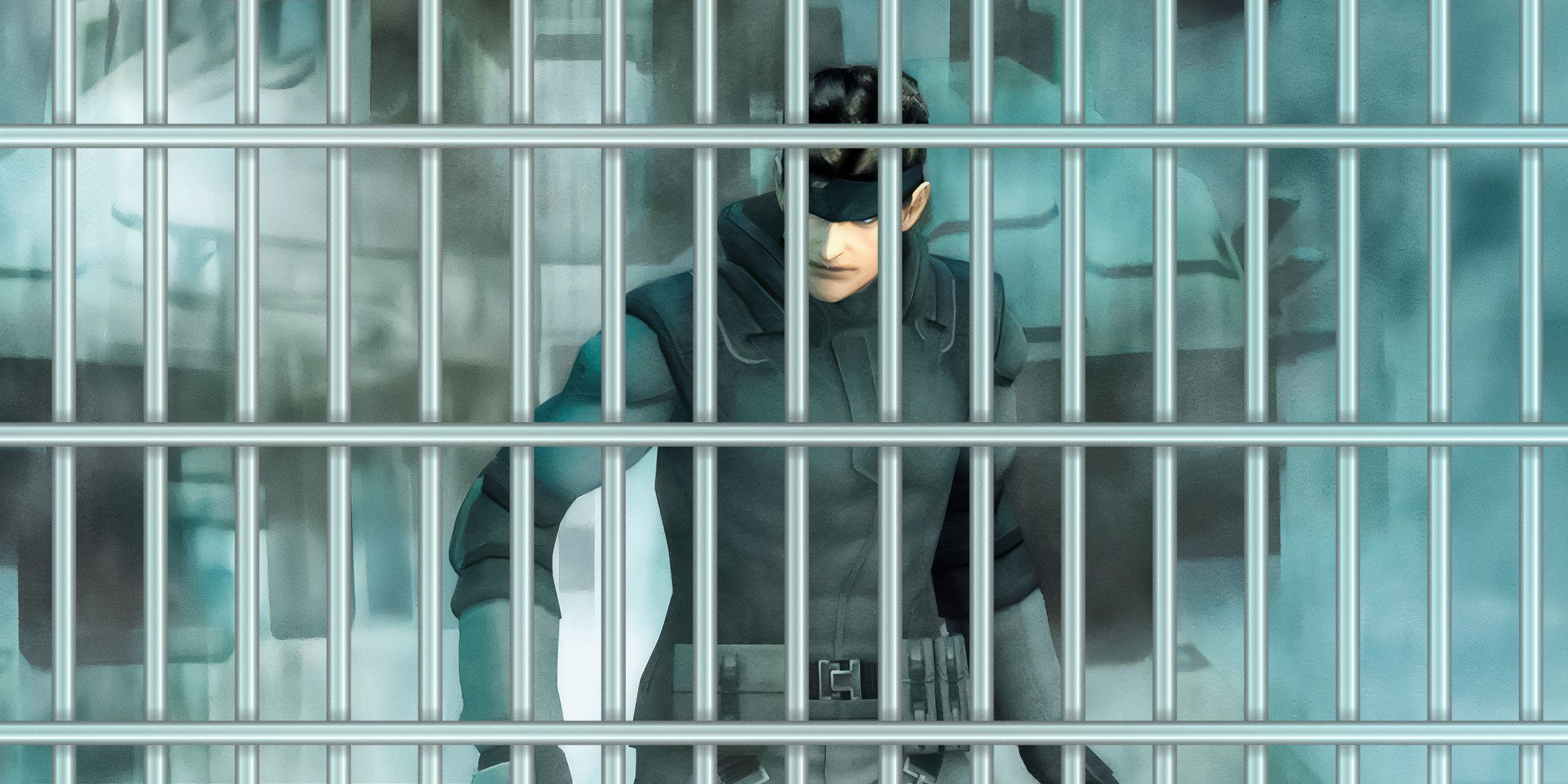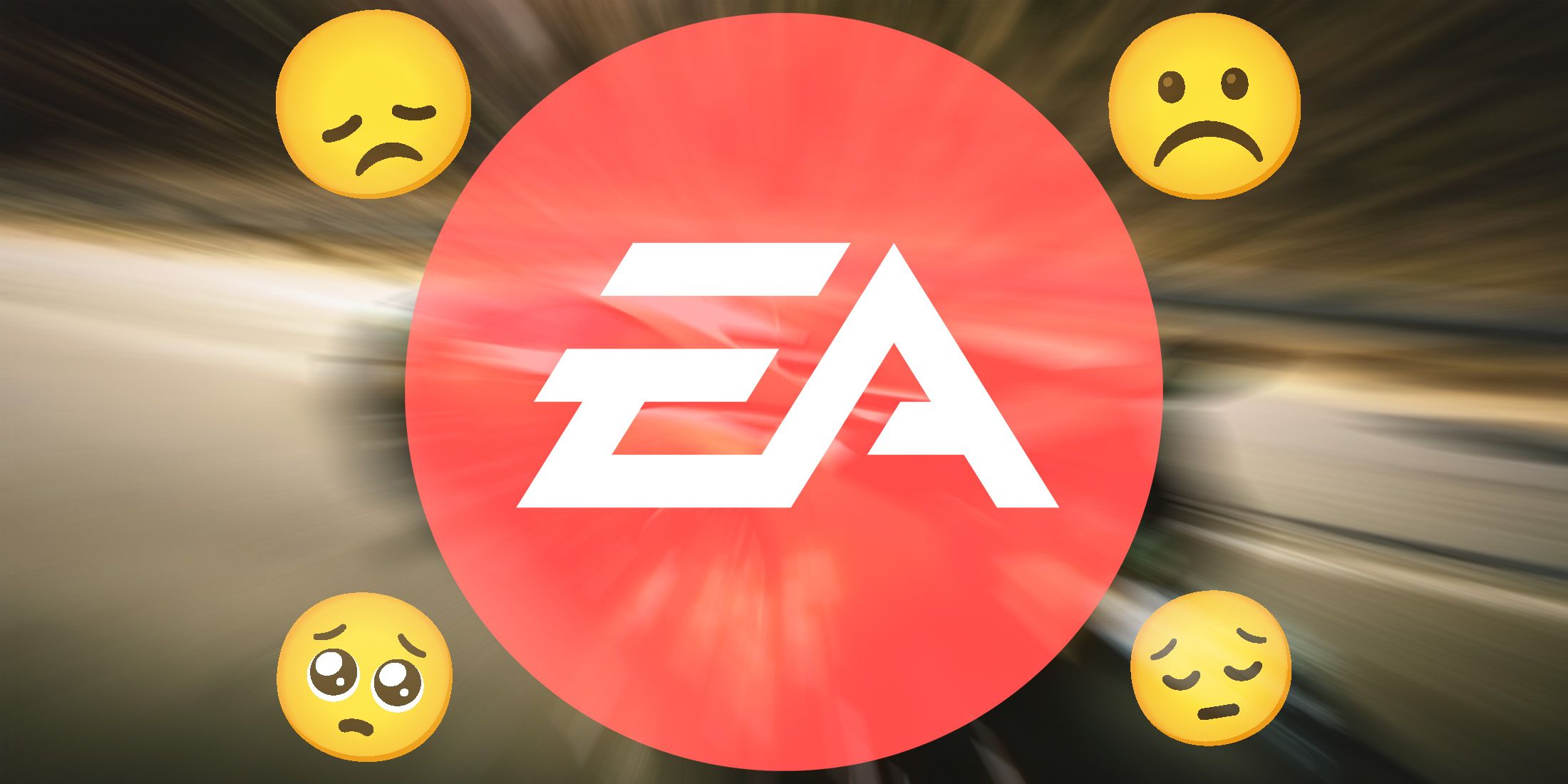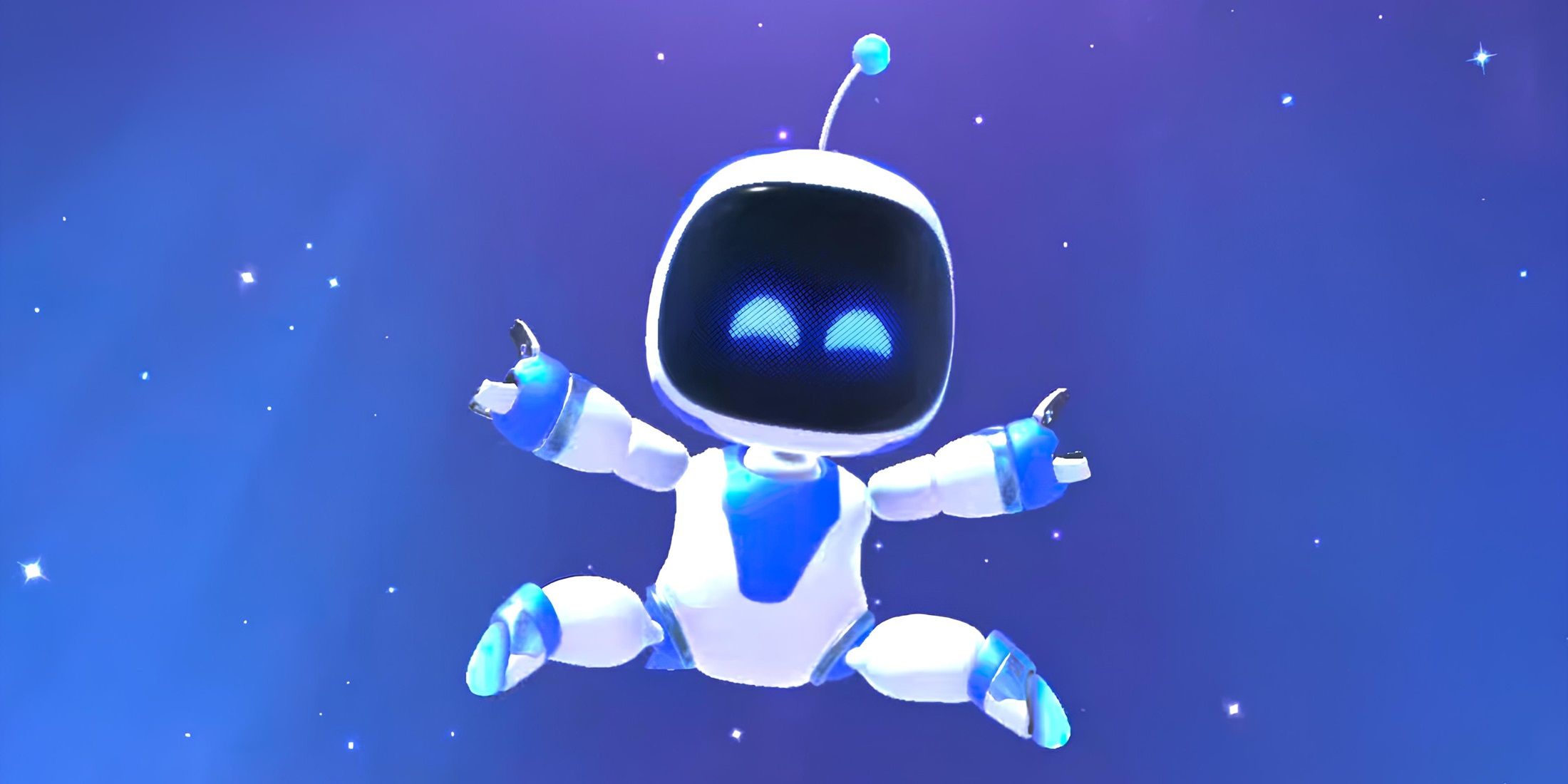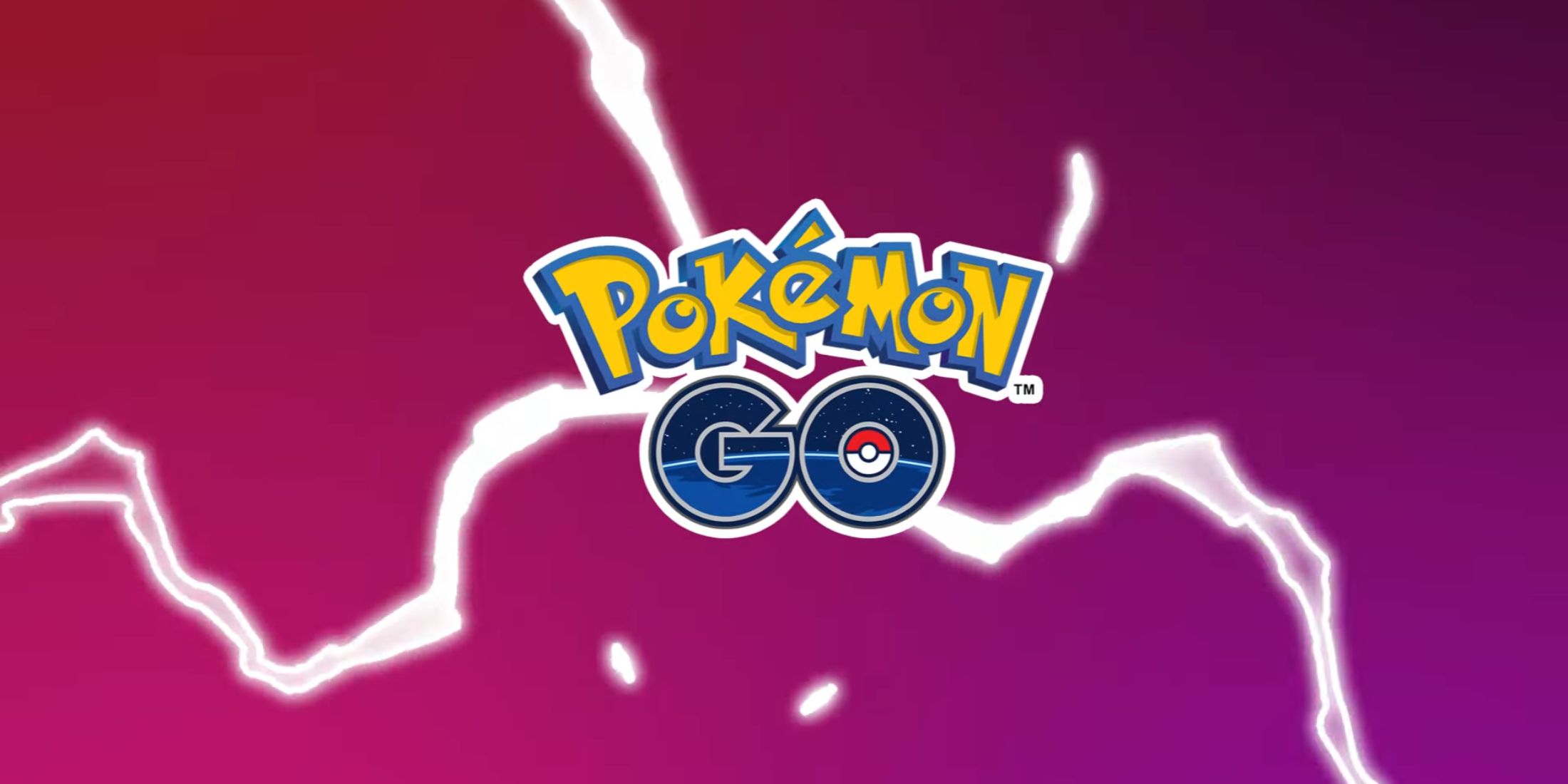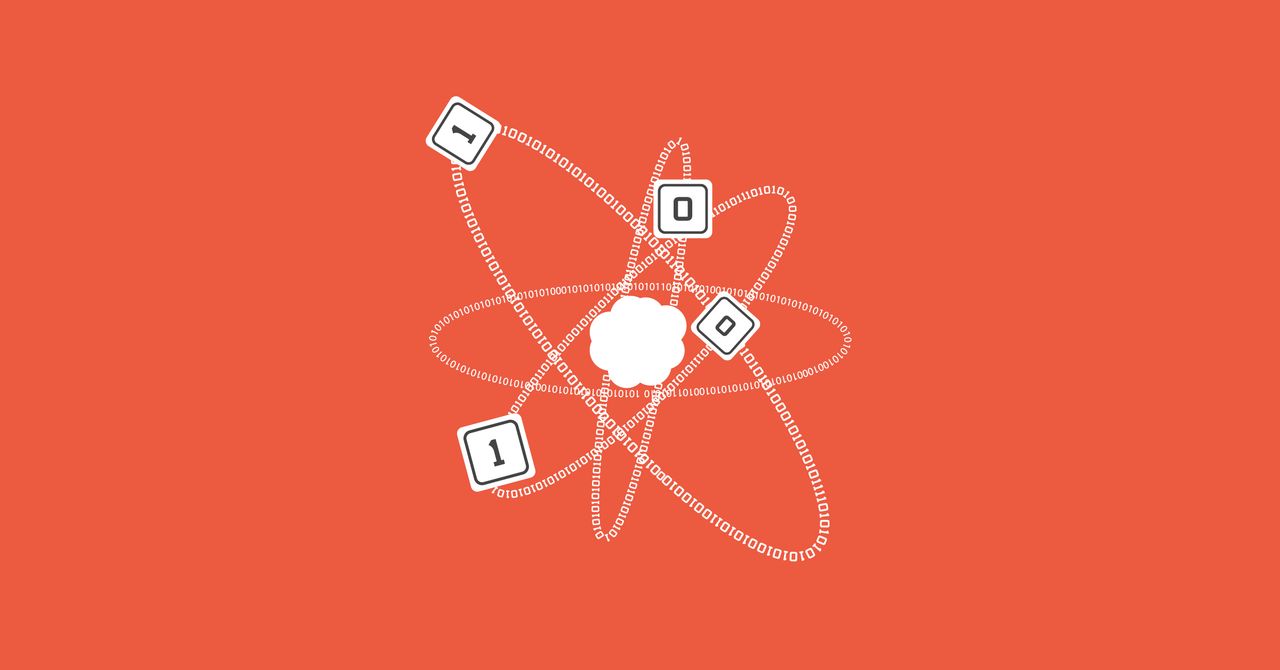
In October 2016, while working in Rwanda, a biologist named Jordi Galbany heard about a new online game on one of his favorite podcasts, a Catalan-language radio show called "Versió Rac 1." Playing was simple, he learned: All you did was frantically press 1’s and 0’s as randomly as possible. Galbany was in. Between days of fieldwork, where he would enter the Rwandan forest to measure the growth of wild mountain gorillas, he logged on to his computer to play the game for an hour. “I put it in my agenda,” Galbany says. “I really wanted to do it.”
He wasn’t the only one. In the next month—mostly on November 30—about 100,000 people around the world would play the simplistic keyboard-mashing game in response to a publicity campaign run by physicists. It turns out, the random bits they generated would be used in an ambitious new experiment to test the weirdest predictions of quantum mechanics.
 ICFO
ICFOIn execution, the project was more like conducting a symphony than a science experiment. Led by Morgan Mitchell, a physicist at the Institut de Ciències Fotòniques in Spain, a several-hundred-member group used the random bits to perform 13 different experiments in 11 cities on five continents, all on a single day—51 hours, technically, because of time zones. Most of the bits were fed into experiments in real time, as people played the game.
But it wasn’t just a performance. The idea, originally proposed in 2015 by ICFO graduate student Carlos Abellan, was a coordinated worldwide test of whether quantum entanglement, a bizarre phenomenon predicted by quantum mechanics theory, actually exists. They published the test results in Nature on Wednesday.
According to quantum mechanics, the universe can form paired particles that behave in tandem: Messing with one instantly affects the other. Physicists have observed this correlation in pairs of entangled particles separated by more than 700 miles using a Chinese satellite and, theoretically, they’d see the same thing if the particles were on opposite sides of the galaxy.
To physicists, this is supremely bizarre. It seems to suggest that two entities can communicate with each other faster than the speed of light. But all experiments so far indicate that these particle pairs really can influence each other from afar. Even when you do the experiments yourself, it’s hard to wrap your head around it, Mitchell says. “After a few months you start scratching your head,” he says. “It’s so strange, can it really be true?”

